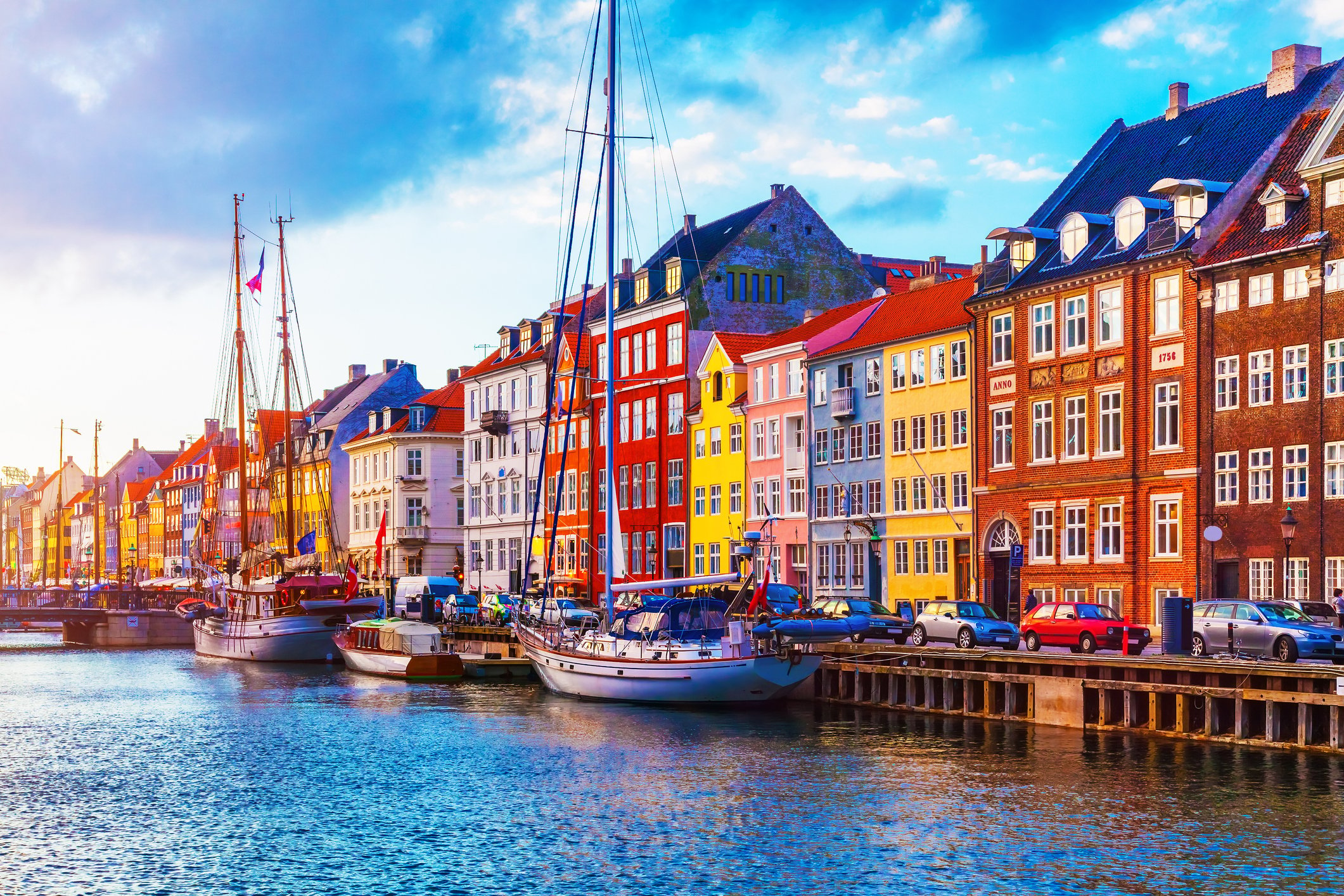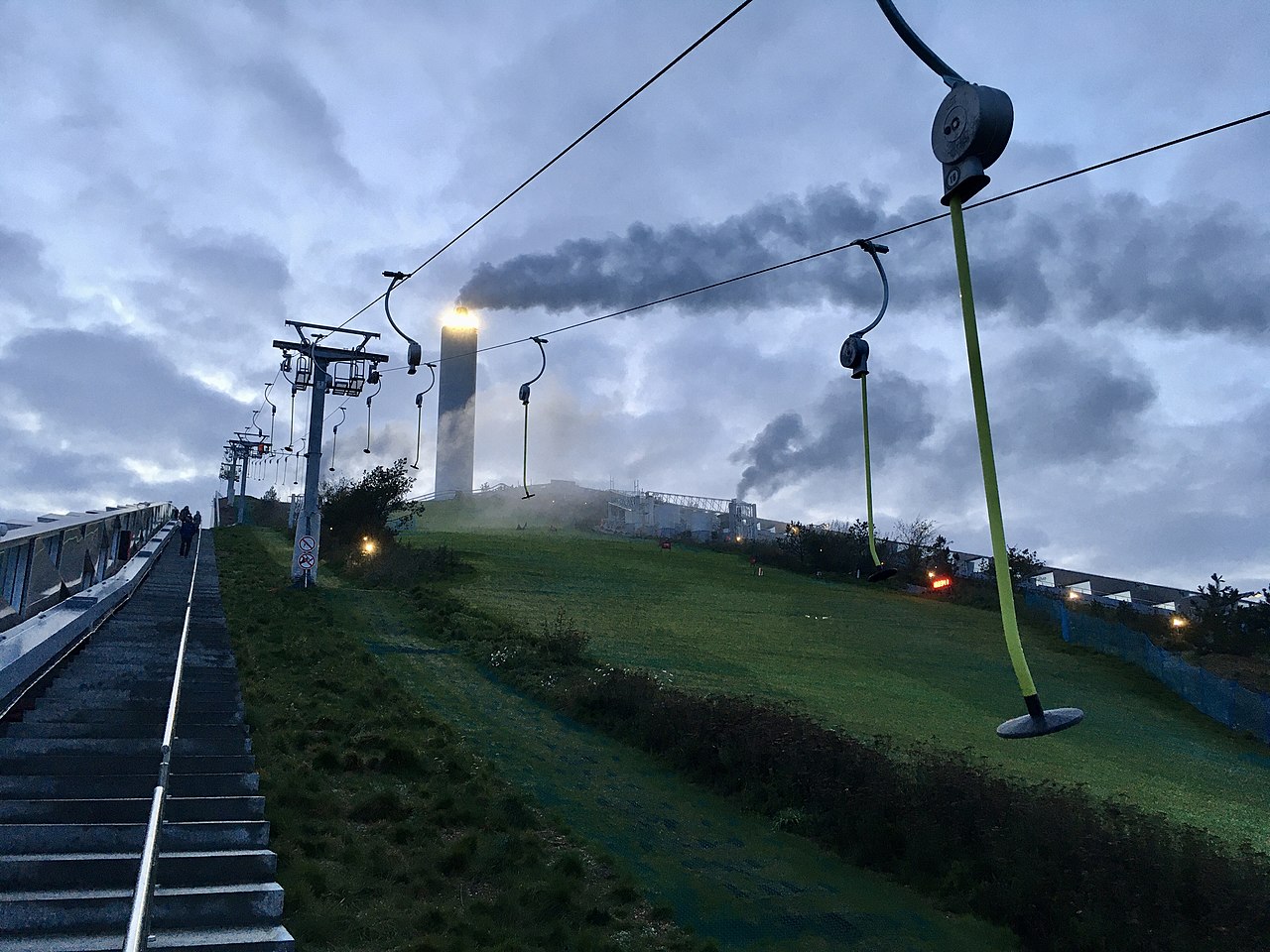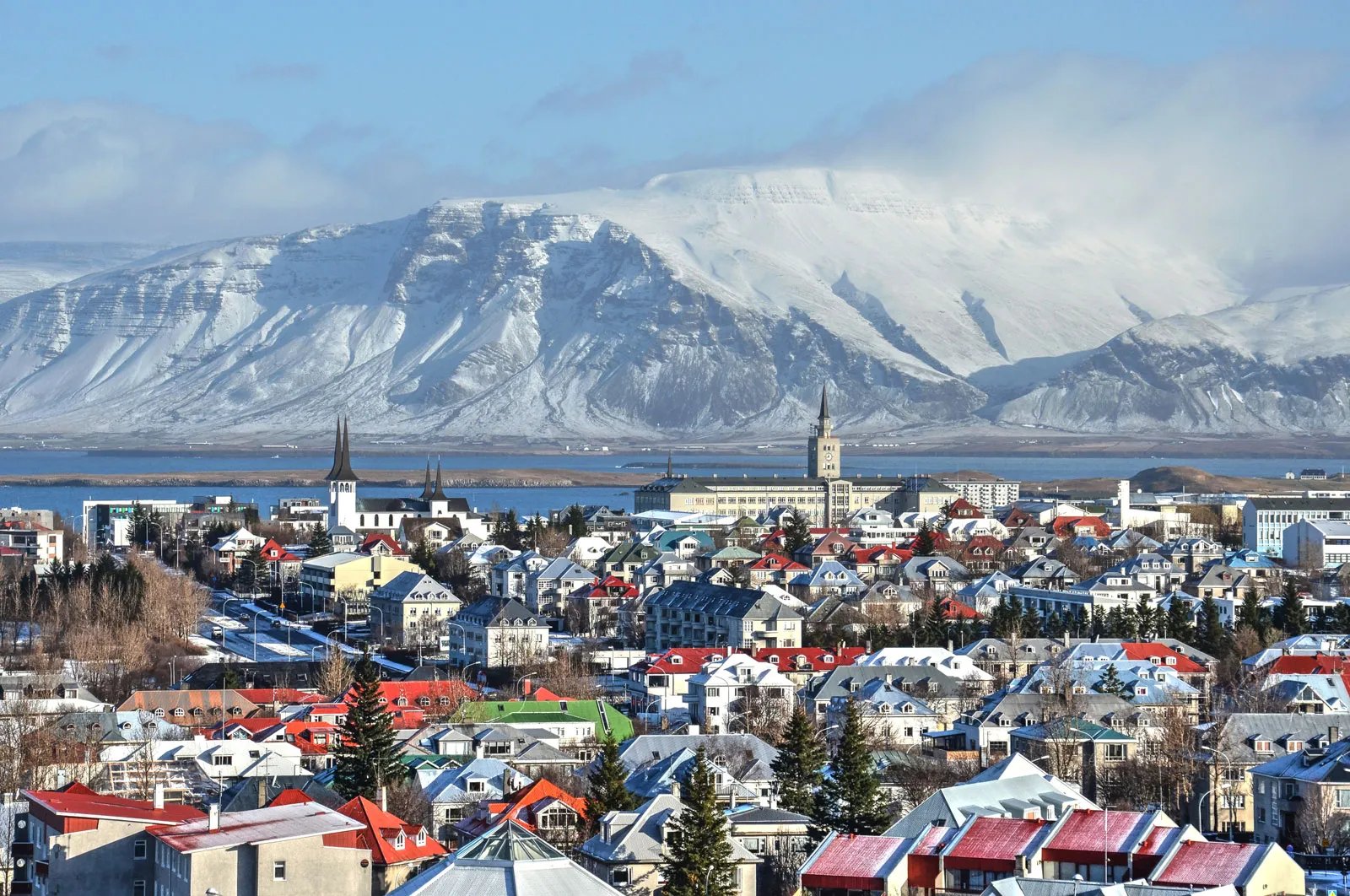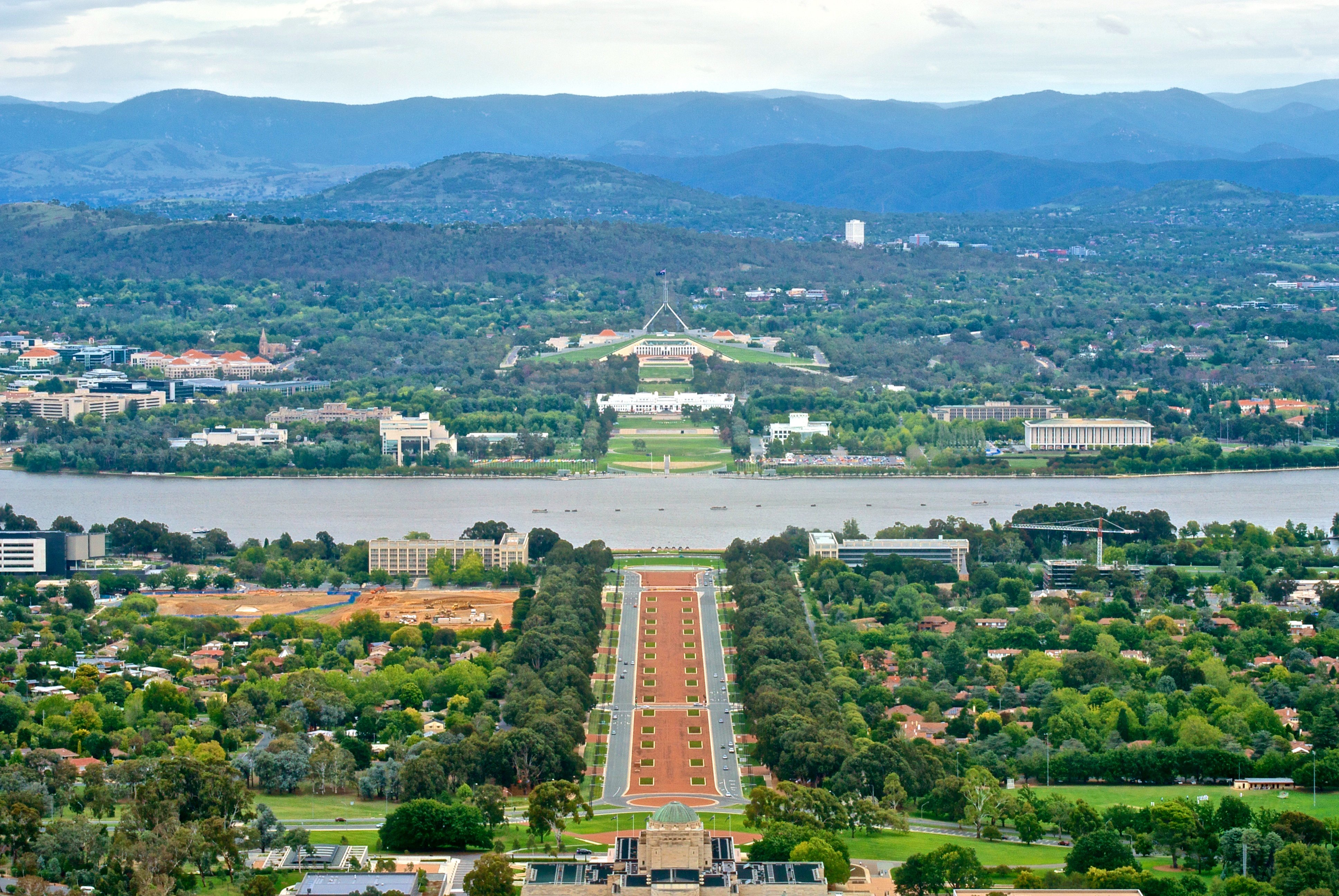
Online lists of eco-friendly “green” cities aren’t hard to come by. The problem is it can sometimes be difficult to tell which ones are showcasing the genuine article. Just as there are plenty of not-so-smart “smart” cities out there, the truth is that there are also a lot of self-branded green cities that, upon closer inspection, turn out to be not-so-sustainable after all (we’re looking at you, Dubai).
We’ll explore this facet of the story at another time. For now, we’ve decided to carefully curate our own list of sustainable cities that actually live up to the “green” label by earnestly pursuing more ecologically mindful practices; be it in the form of renewable energy, the creative recycling of waste materials, or the inclusion of nature within the urban environment.
Before we dive in, let’s set the stage for why green cities are a good idea to begin with.
The Earth is in a state of climate emergency caused by human activities. We know that three-quarters of all man-made carbon emissions come from fossil fuels burned to power our cities–those sprawling concrete jungles dominated by cars that more than half of humanity already call home. The need for decisive action grows more urgent every day. One of the most effective ways we can stem the tide is to transform our cities into compact, interconnected green oases powered by the water, wind, sun, and earth itself.
Related article: Understanding the Importance of Sustainable Construction: Why Going Green Is an Imperative, Not a Design Fad
Now that we’ve got that out of the way, let’s take a look at our top five list of cities that are striving and succeeding to make the leap into the green.
- Copenhagen
- Curitiba
- Reykjavík
- Canberra
- Vienna
1. Copenhagen
Most lists of green cities cede the top slot to Copenhagen, and with good reason. With a population of 1.37 million and a history that spans nearly 6,000 years, the capital city of the Danes has transformed itself over the last two decades into a shining exemplar of a more sustainable urban future. With nearly 50% of its energy coming from an offshore wind farm, the nation of Denmark as a whole is often cited by experts as the most sustainable in the world, and Copenhagen has played no small role in securing this distinction.
One of the first things you notice in Copenhagen is how many bicycles there are. Bike riders actually outnumber car drivers by about 5-to-1, and much of the city’s infrastructure has been reshaped to accommodate this alternative form of low-impact traffic. Indeed, more than 60% of residents commute by bicycle every day, which has done wonders for cutting back carbon emissions. Speaking of, the city’s leaders have set their sights on becoming the first carbon-neutral metropolis by 2025, a staggering 25 years ahead of the US government’s timeline. And this isn’t just “greenwashed” rhetoric: the city has already made significant strides toward achieving this goal, thanks in large part to its unique approach to waste management.
Copenhagen is home to the largest waste-to-energy power plant in the world. Copenhill, also known as Amager Bakke, is a state-of-the-art facility capable of converting hundreds-of-thousands of tons of waste into clean energy every year. Any waste materials from the city and outlying region that don’t get recycled or composted are brought into the plant by truck, where they’re then burned to power a massive steam turbine. All the toxins are removed within a series of scrubbing towers. The end result is enough power and heat for 680,000 people per day, with the only emissions being a plume of clean air and water vapor.
Copenhill also features a manmade ski-slope complete with hiking and running trails, as well as the world’s tallest artificial climbing wall, transforming an often hidden piece of city infrastructure into a crowning jewel of recreation, architecture, and sustainability. The iconic power plant was designed by Bjarke Ingels, the founder of Danish architecture firm BIG (Bjarke Ingels Group), who describes his creation as a classic example of what he calls “hedonistic sustainability.”

Copenhill, Copenhagen's clean-energy power plant and ski-slope. Photo Source: WikiCommons
“This [is the] idea that sustainable cities and buildings are not only better for the environment,” Ingels said in a recent interview with Bloomberg, “they are also more enjoyable for the people inhabiting them.”
2. Curitiba
One of the world’s first and most influential “green” cities is a place that you’ve probably never even heard of before. Situated in southern Brazil with a population between 1.9 and 3.7 million, Curitiba has historically been described as the “greenest city on earth” and the “gold standard” in sustainable urban planning. This is due in large part to the guiding vision of Jaime Lerner, one of the world’s most highly regarded architects and urban planners (second only to Jane Jacobs).
In the 1960s, Curitiba’s population exploded to more than 400,000, and it was Lerner who introduced a master plan to curtail urban sprawl, reduce traffic congestion, and protect the environment. It was under his direction that the city first rolled out its signature sustainability achievement in 1974: the Rede Integrada de Transporte (RIT), the world’s very first–and arguably most effective–bus rapid transit (BRT) system. Lerner’s idea was to reduce the number of cars–and therefore carbon emissions–by creating a low-cost, highly efficient network of buses with their own designated lanes of traffic. In this regard, Curitiba’s RIT system has been an enormous success: At its height, roughly 85% of the city’s population used the bus system exclusively, and scores of other cities across the globe have since adopted the Curitiban approach to rapid transit. Though ridership is currently down, the bus system still strives to be more environmentally-friendly, with a segment of the fleet now running on biodiesel fuel.

Curitiba's RIT bus rapid transit system in action. One innovation Lerner introduced to in response to increased ridership in the 1990s was the tube stations, which provided shelter and a more efficient way for riders to board and exit the buses. Image Credit: SmartCitiesDrive Archive
Under Lerner’s leadership, Curitiba also became known for its robust environmental preservation practices, recycling, and education programs. The city boasts about 52 square meters of green space per person and participation in the historically well-performing recycling program is incentivized by the ability to transfer waste materials for free bus tickets. Meanwhile, lessons on sustainability are offered to the public at the Free Environmental University.
Lerner’s transformative approach to urban sustainability was so widely embraced that he was elected mayor of Curitiba in the 1970s and served in the office two more times throughout his life until his passing in the spring of 2021 at the age 83. Here he is speaking in broken English during a 2007 TED talk about the importance of urban design in creating greener cities.
“When we’re talking about sustainability, it’s not enough–green buildings. It’s not enough–new materials. It’s not enough–new sources of energy. It’s the concept of the city, the design of the city.”
Curitiba’s sustainability star has waned somewhat in recent years. These days, much of the city’s waste ends up in the landfill and car ownership is on the rise. Still, Curitiba’s far-reaching influence and long history as one of the original “green” cities earns it a high place on our list.
3. Reykjavík
Perched on the northeastern coast of “the land of ice and fire,” Reykjavik is a showcase of what’s possible in a world beyond fossil fuels. Indeed, the country of Iceland as a whole has thrown itself into the pursuit of sustainability: Nearly 100% of the island Nordic nation’s energy comes from renewable sources, and thanks to the high level of volcanic activity in the region, 9 out of 10 households are heated with a geothermal system. The capital city is no exception: Every building in Reykjavik is heated and powered with either geothermal or hydroelectric energy.
 Photo Source: Britannica
Photo Source: Britannica
A brief tangent: One of Iceland’s most impressive achievements has been the creation of the world’s largest and most eco-friendly carbon sequestration plant. Powered by renewable geothermal energy, the facility–nicknamed “Orca”–is capable of pulling 4,000 tons of carbon dioxide out of the atmosphere per year. The emissions are then injected deep into the earth, where they cool and turn into stone.
Back to Reykjavik. As laid out in the 2010-2030 Reykjavik Municipal Plan, city leadership has committed to protecting green spaces and achieving carbon neutrality by 2040. The plan also calls for higher urban density, more sustainably designed neighborhoods, and the introduction of more eco-friendly forms of publicly available transit; including more cycling pathways, bus routes, and a future light rail system. Having successfully uncoupled the built environment from fossil fuels, Reykjavik now also aims to transition all vehicles within the city limits to green energy over the next two decades.
While its overwhelming adoption of renewable energy is worthy of accolades, we’ve listed Reykjavik at the midway point in our rankings because its population of about 135,000 people is smaller than some of the other cities on this list. Also, not every city in the world is located on a hotbed of geothermal activity, so the same strategies that have worked in Reykjavik likely aren’t replicable in, say, Chicago or Paris. More than any other place on this list, however, Reykjavik shows the heights that can be achieved when a city commits to sustainability. Whether the source is geothermal, wind, solar, or something else, cities everywhere should follow in Reykjavik’s footsteps and convert to green energy as soon as possible.
4. Canberra
Our next stop is in the land down under. Canberra, the capital city of Australia, is home to an estimated population of 467,194 people. It recently became the first city outside of Europe to shift to 100% renewable energy, and in 2021, it was ranked as the most sustainable city by Uswitch, a privately owned UK based company that evaluates energy utilities.
 Image Source: WikiCommons
Image Source: WikiCommons
As part of its sustainability portfolio, Canberra currently offers zero-interest loans of up to $15,000 for citizens who want to install solar panels, electric batteries, and other appliances that make their households more energy efficient. To incentivize a shift to cleaner transportation, the city also offers two years of free vehicle registration for zero-emission vehicles.
Canberra doesn’t want to stop its green journey there, however. According to its Sustainability Strategy for the next five years, the territorial government wants to increase walkability and the availability of public transportation, and aims to reduce greenhouse gasses by as much as 60% in order to achieve total carbon neutrality by 2045. Meanwhile, the Canberra Spatial Plan lays out a vision for limiting the future growth of the city in the hopes of protecting local biodiversity and creating a more compact, high-density, and livable urban environment.
Canberra is far from perfect. Like most modern metropolises, it continues to grapple with a multitude of negative environmental and public health impacts brought about by urban sprawl and the supremacy of fossil-fuel driven vehicles. Unlike the majority of cities all over the world, however, Canberra not only has a plan to become a greener city, but it has also already taken steps toward securing a more sustainable future for the people who call it home.
5. Vienna
We conclude our tour of green cities in Vienna. Clocking in at a population of almost 2 million, the capital of Austria is less known for its embrace of renewable energy and more for how interwoven its urban spaces are with literal greenery. Besides the stunning historic architecture, the amount of unblemished nature in Vienna is truly a sight to behold. Within the bustling heart of the city, tree-lined streets are punctuated with green facades and rooftops subsidized by the local government. Boasting 90 parks within its boundaries, roughly 50% of Vienna is given over to urban green space, which breaks down to about 120 meters per resident–among the highest ratios in the world.
Vienna is also home to a new experiment in sustainable urban development: Aspern Seestadt. This $6 billion “city within a city” is being built on a 240 hectare site of a former airfield to accommodate a surge in the city’s growing population. Proposed as a mixed-use area of residences and businesses, Aspern Seestadt is incorporating prefabrication techniques as well as recycled concrete and sustainably sourced timber in several of its buildings. The development is also planned to utilize a “smart” energy grid that will monitor and optimize energy efficiency in the area.
Other sustainable features of Vienna include its use of district heating powered by incinerators fired with waste materials–enough to heat up to 120,000 households during the winter months. Looking forward, Vienna aims to decarbonize its existing building stock by replacing fossil-fuel based HVAC and electric systems with greener alternatives. For now, Vienna’s progress toward renewable energy and carbon reductions isn’t as dramatic in comparison to some of the other places on this list. Still, it’s clear that the “city of music” is committed to a more sustainable future.
Places like Copenhagen, Curitiba, Reykjavik, Canberra, and Vienna set the standard higher for all other cities in the world. If they teach us anything, it’s that there are already tried-and-true alternatives to our destructive way of life. We can, if we want, embrace a less harmful and more sustainable balance between the urban and natural environments we call home. The choice is ours to make.